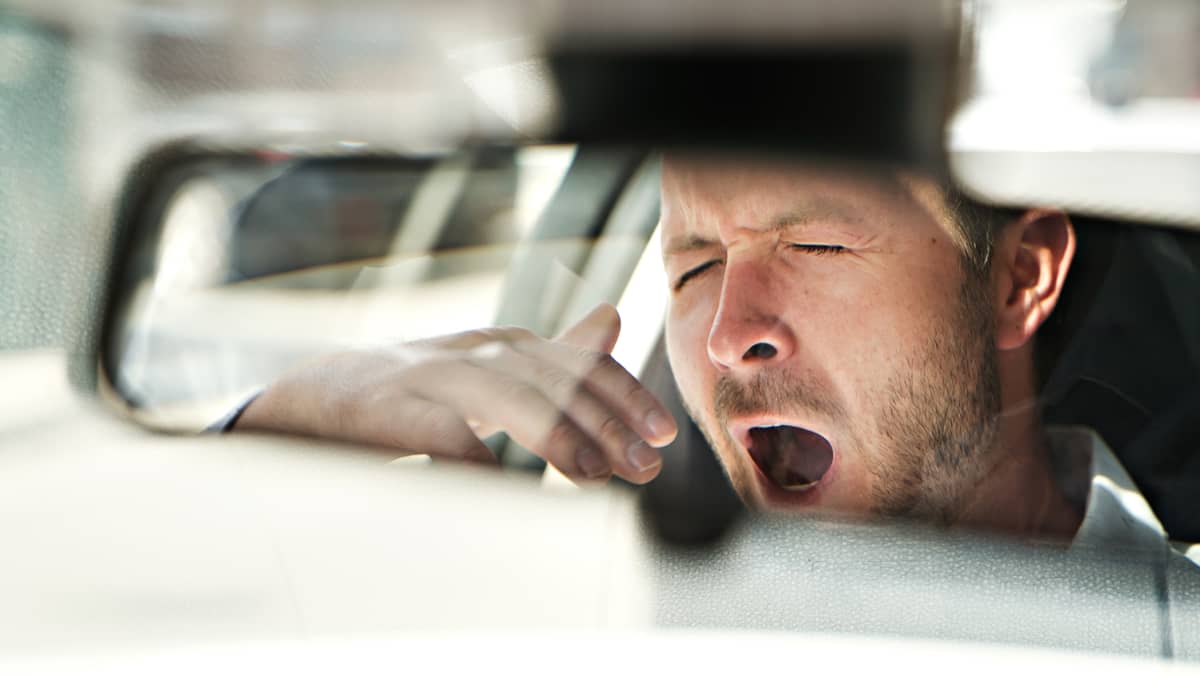Blood
Research into blood-testing tired drivers could pave way for legislation
New research into driver tiredness could yield potential prosecutions for inattentive, sleepy drivers.
A new blood test is being developed by Australian researchers to detect a person’s level of tiredness, with a view of applying potential prosecutions to drivers over a “tiredness limit.”
Reported first by The Guardian newspaper, as part of a study commissioned by the Australian government’s Office of Road Safety, researchers have uncovered findings which equate driving on fewer than five hours’ sleep with being as dangerous as being over the 0.05 per cent legal blood alcohol limit.
Researchers from Monash University in Melbourne, Australia have led investigations into a blood test which could be used to determine whether a driver is at risk of crashing due to sleep deprivation.
<button class="navigation_glide__arrow__je__h navigation_glide__arrow–left__y3DP1 navigation_glide__arrow–inactive__H6d8_" data-glide-dir="|Previous
Professor Clare Anderson and her team have identified five unique blood biomarkers that can identify whether a person has been awake for 24 hours or more, with 99 per cent accuracy.
Ms Anderson’s team says the biomarkers are remarkably unique to sleep deprivation and not related to things like anxiety or adrenaline, which could heighten following a vehicle crash.
“Even though the solution to fatigue is quite simple, which is to get more sleep, our capacity to manage it is impaired because we don’t have tools to be able to monitor it like we do with alcohol,” said Ms Anderson told The Guardian.
It’s understood the tests could be used inside hospitals in as little as two years.
However, these tests could feasibly only cover people who have been taken to hospital after a car crash. It’s expected that a more scalable test for safety-critical industries – such as mining, transport, and commercial aviation – could take up to five years. It could then be used alongside roadside alcohol and blood testing.
While the implications of this study could be far-reaching, further research is needed to be able to distinguish between levels of sleep deprivation. The blood test would also need to be able to determine whether a person has had two hours of sleep or five, for example.
Then comes the question of what’s an appropriate legal threshold for determining drowsy driving. Sleep researcher Dr Madeleine Sprajcer of Central Queensland University completed a review of published studies into the matter, finding a sleep equivalent to the 0.05 per cent blood alcohol content limit.
“Based on our meta-analysis, it appears that between four and five hours of sleep would be a reasonable place to draw that line in the sand,” said Ms Sprajcer told The Guardian.
“In Australia, and in a lot of countries, 0.05 per cent blood alcohol concentration is the legal driving limit where we see about a doubling of the risk of a vehicle crash. Below about five hours of prior sleep is also where we also see that approximate doubling of the risk when compared with well-rested individuals.”


